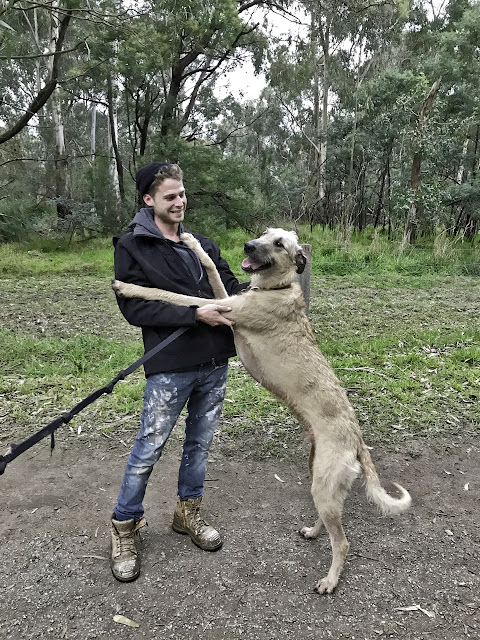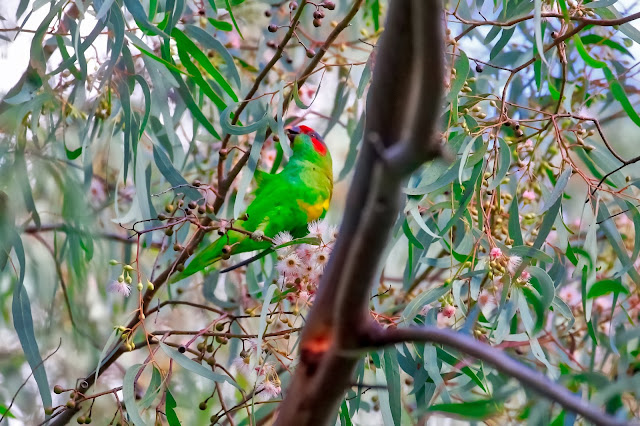Self-Reliance Corner
Success in School Begins at Home
We find that a very popular self-reliance class in our church congregations is one called "Success in School Starts at Home". This is a course for parents, grandparents and young adults who want to learn more about good learning habits and how to support education in the home. Here are some of the lessons that are covered:
- Learning starts in the home.
- Teach your children the doctrine of education (that is, why education is important to God).
- "Get all the education you can".
- Use family routines (which helps a family be more calm and productive).
- Improve reading and writing skills.
- Be an expert in your child's progress at school.
- Learn to use study groups (particularly for older children).
- Teach children to plan, organize and prioritize.
- Help children learn to "act for themselves" (it is our personal choices that lead to success).
- Establish good homework habits.
- Help your children prepare for tests.
The manual for this course can be downloaded here: Success in School
We sat in on one such class that was being run by a family - parents and adult children and their spouses, and a few friends. Many of them are educators who work in both primary and secondary school. One person said that the course distills 20 years' of experience from his teaching career and is essential reading for parents. He noted that children are often afraid to fail in school and so may answer a question with "I don't know". In his class, they learn to say "I don't know...yet".
Another class participant said that he liked the chapter on reading to your children each day. He finds that develops a love of reading in his children and strengthens the bonds between children and parents. They had one son who hated reading, but based on a suggestion from another group member, found a series of books suited to young boys. His son devoured all 8 books in the series.
The class is facilitated by one of its participants. The week we attended, one mother was the facilitator and she had asked her 9-year old son to present an idea from Lesson 9 called "Fixed Mindset versus Growth Mindset", that he had also learned at school. The group could then discuss and consider as to how it might apply in their homes with their children. This 9-year old did a very impressive job of teaching a dozen adults for about 10 minutes. He shared the following image which is posted in his class and helps him each day think about how he approaches learning, (you can obtain this image by searching the title in Google Images).
What an amazing concept for a young child to learn and apply as they progress in their primary education! You can read more about this by downloading the Success in School manual (link given above) and reading p. 37.
Birds
Trip to Serendip
We took a trip out to the Serendip Bird Preserve, west of Werribee, a few weeks ago. We were looking for a few fall "hangers-on" - birds that were new to us or that we just liked. The variety has certainly decreased at this time of year, but there are still beautiful birds to be seen and interesting photographs to compose and take. When we say "compose", keep in mind that most birds are more difficult than a 2-year old child when it comes to picture-taking.
 |
| Male and Female Chestnut Teal in a Beautiful Setting |
 |
| Golden Whistler |
 |
| White-winged Chouff, Skulking Amidst the Boulders (Red Eye is a Giveaway) |
 |
| Magpie Goose |
Out and About
Kangaroo Attack
Walking in Warringal Park the other day, we met a couple of celebrities who had been featured on the cover of an English magazine for an article entitled "Models and their Pets". This fellow has a wolf hound / stag hound cross breed; he draped him across his shoulders for the photo shoot, if you can believe that. He told us a remarkable story - he used to let his dog run free in the park, but one day it disappeared, running after a kangaroo. A passing bicyclist told him "Your dog is over in the billabong (pond), getting drowned by a kangaroo"! He rushed over, jumped into the water, pushed the kangaroo away with a heavy branch, and saved his dog.
He is lucky that he was not badly injured and that his dog survived. Kangaroos are very powerful and have long, sharp claws. Like bears in Canada, not an animal to trifle with. Some other dog owners have been clawed badly by kangaroos in a similar situation.
 |
| Male Kangaroo guarding his "mob" and watching us carefully as we walked by. |
Misty Morning
 |
| One of our Favourite Birding Spots on a Misty Morning |
Fall Leaves and Fruit
We had some friends over for dinner recently. In the church, they help by advising young people who have returned from a full time mission to settle into life back home, reconnect with friends, decide how to continue on with work and/or schooling, and maintain a spiritual balance in their life.
They have some lovely fruit trees in their yard and brought us some fresh mandarin oranges and lemons. Keep in mind that these were picked at the very end of the fall season and that these trees will continue to produce fruit right through to the end of the winter.
They tasted wonderful; we were spoiled for life!
 |
| Orange tree with Autumn Leaves |
 |
| Budding flowers mix with fall colours outside the Melbourne Temple |















